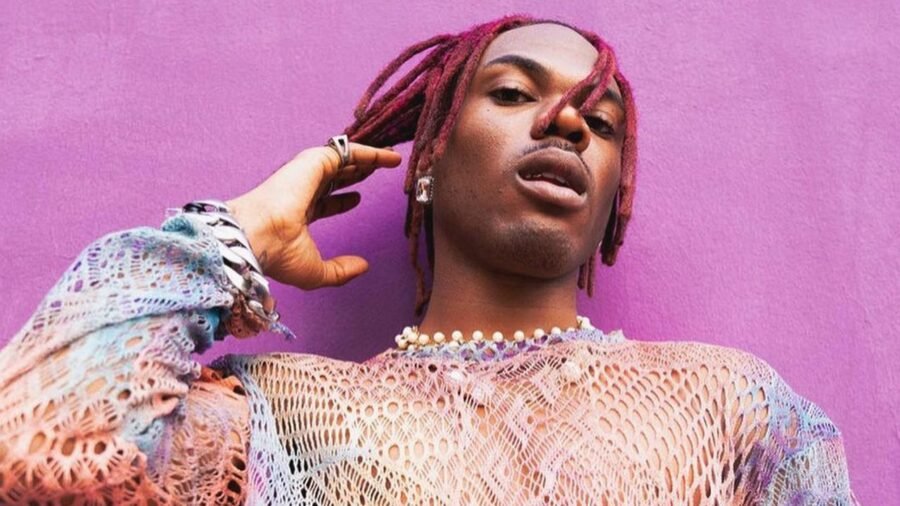By Ayorinde Williams
A couple of years ago, music was all vibes. You hit the studio, pour your heart and soul out, drop a record, and pray it blows. No fancy algorithms, no streaming analytics; just raw talent and good timing. But today? The game has completely changed. Data has become the silent force behind the biggest hits, the sold-out stadiums, and even the rise of new music superstars. But what if data didn’t exist in the music business? Would we still have Afrobeats taking over global charts? Would artists be able to make strategic moves?
A Music Industry Without Data? A Nightmare for Artists and Labels
Imagine trying to navigate Lagos without Google Maps or stepping into a Canadian winter without checking the weather forecast. That’s what the music industry would be like without data; pure guesswork!
Before the digital age, record labels and artists made decisions based on gut feelings. Who should we sign? Which songs will be a hit? Where should we tour? It was all a gamble. Back in the day, Nigerian music relied heavily on radio plays, club DJs, Alaba market and word-of-mouth. If you were popping in Lagos clubs, you might be onto something. If a DJ in Toronto decided to spin your record, you were extremely lucky or connected. But that was it, luck.
Now, let’s compare that to today’s reality. A Nigerian artist like Burna Boy doesn’t just randomly decide to tour Europe or North America. His team looks at Spotify, Apple Music, and YouTube data to see where his streams are coming from. That’s why he’s selling out stadiums in London, Paris, and even Toronto; because data told him where the demand is. Without it, the African giant and his team would be throwing darts in the dark.
Data is the New A&R
The days of music executives sitting in smoky studios, betting their careers on a demo tape, are fading. Today, data analytics plays the role of a modern A&R (Artist & Repertoire). Instead of guessing, labels can look at streaming numbers, Shazam searches, and even TikTok trends to find the next big thing.
Take Rema, for example. His global hit Calm Down featuring Selena Gomez wasn’t just luck. The song initially gained traction on streaming platforms and TikTok before becoming a full-blown global sensation. According to Spotify Wrapped 2023, Calm Down was the most streamed Afrobeats song of all time. This wasn’t by accident—his label saw the data and knew exactly when and how to push the record to international audiences.
Canada has its own version of data-driven success stories too. Take Drake, an artist who has mastered the art of using data. From his early days on SoundCloud, where he could see which songs fans replayed the most, to analyzing streaming statistics to decide when to drop an album, Drizzy understands the numbers. Ever wondered why he collaborates with African artists like Wizkid and Tems? It’s not just a creative choice, it’s a business move backed by streaming data showing the rise of Afrobeats.
Breaking Down the Numbers (For the Non-Numbers People)
Let’s talk about data, but let’s keep it cool.
- Streams & Sales: Every time a song is played on Spotify, Apple Music, or Audiomack, it generates data. More streams = more money. But streams alone don’t tell the full story; engagement (saves, shares, playlist additions) is just as crucial.
- Shazam Searches: If people are constantly Shazaming your song, that means there’s high curiosity around it. Labels love this metric because it often predicts hits before they blow up.
- Social Media Trends: If a song is trending on TikTok, chances are it will chart. Remember Ckay’s Love Nwantiti? It became a global hit thanks to TikTok’s virality, with millions of users creating content around it.
- Listener Demographics: Knowing your audience is key. If 70% of your streams are coming from Lagos and 20% from London, you know where to focus your next marketing push.
How Emerging Artists Can Use Data to Level Up
For an up-and-coming artist, data isn’t just a fancy term, it’s a cheat code. You don’t need a label to tell you where your fans are or what kind of music they like.
Here’s how an independent artist can use data to their advantage:
- Analyze Your Spotify/Apple Music for Artists Dashboard: It tells you where your streams are coming from and which songs are performing best.
- Monitor Social Media Engagement: If a particular snippet on Instagram Reels or TikTok gets more engagement, that’s a sign to develop that song/content further.
- Check YouTube Analytics: It shows you the age, gender, and location of your viewers, so you know who’s really vibing with your music.
- Track Performance of Ads & Playlists: If you’re running promotions, see which ones convert to real streams.
At the end of the day, music is both an art and a business. Data is an incredible tool, but it shouldn’t dictate creativity. Some of the best songs in history weren’t driven by numbers; they originated from raw vibes and creative passion. However, in this digital era, artists who understand the data will always have an edge.
So, if you’re an artist reading this, learn the numbers, but don’t let them define you. If you’re a music fan, know that every stream, like, and share shapes the industry. The next time you Shazam a song or play your favourite artist on repeat, remember; you’re part of the data story too.


